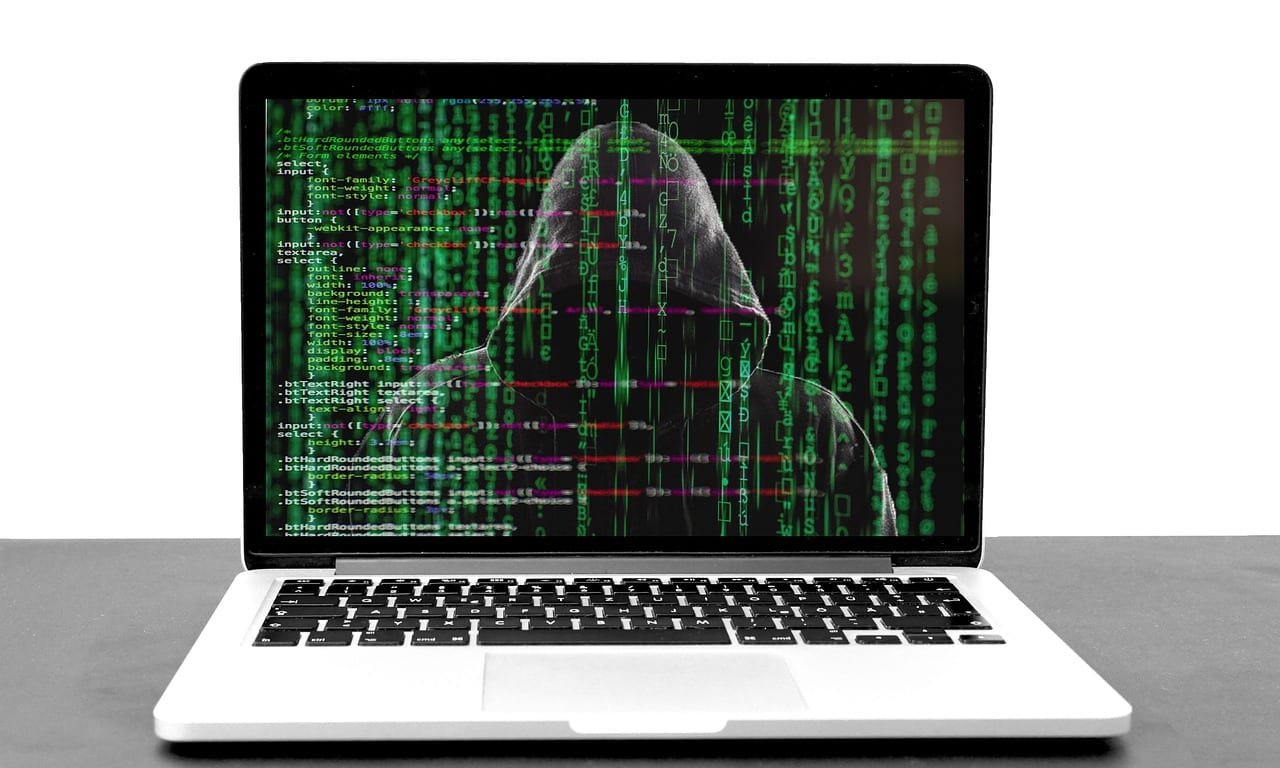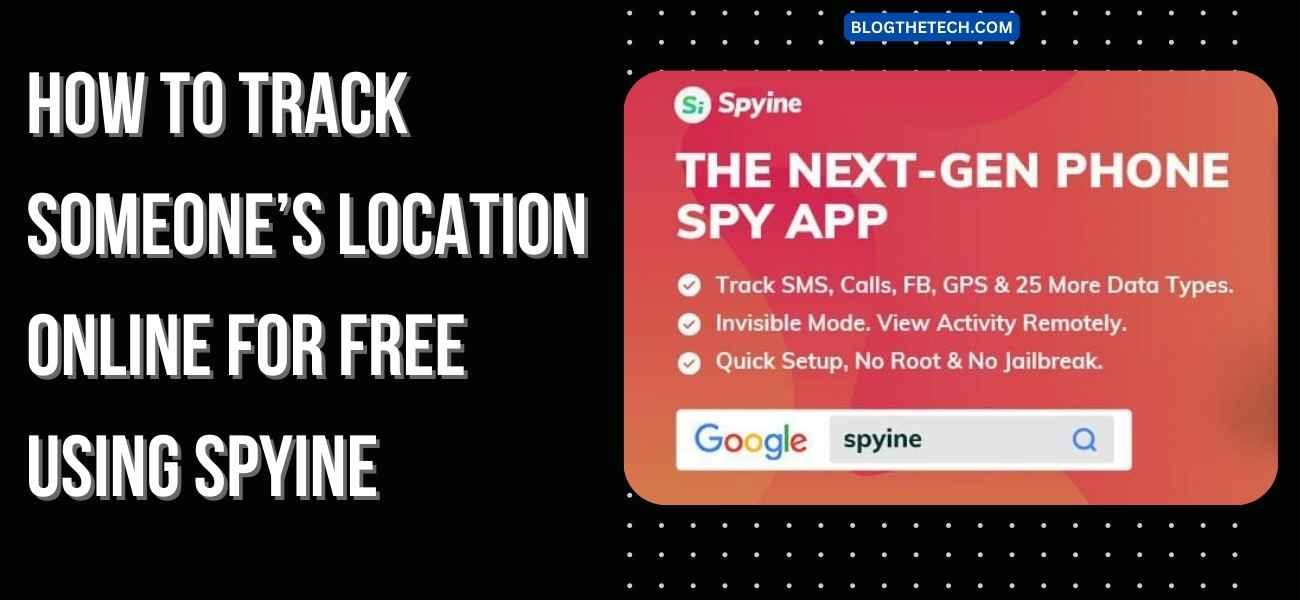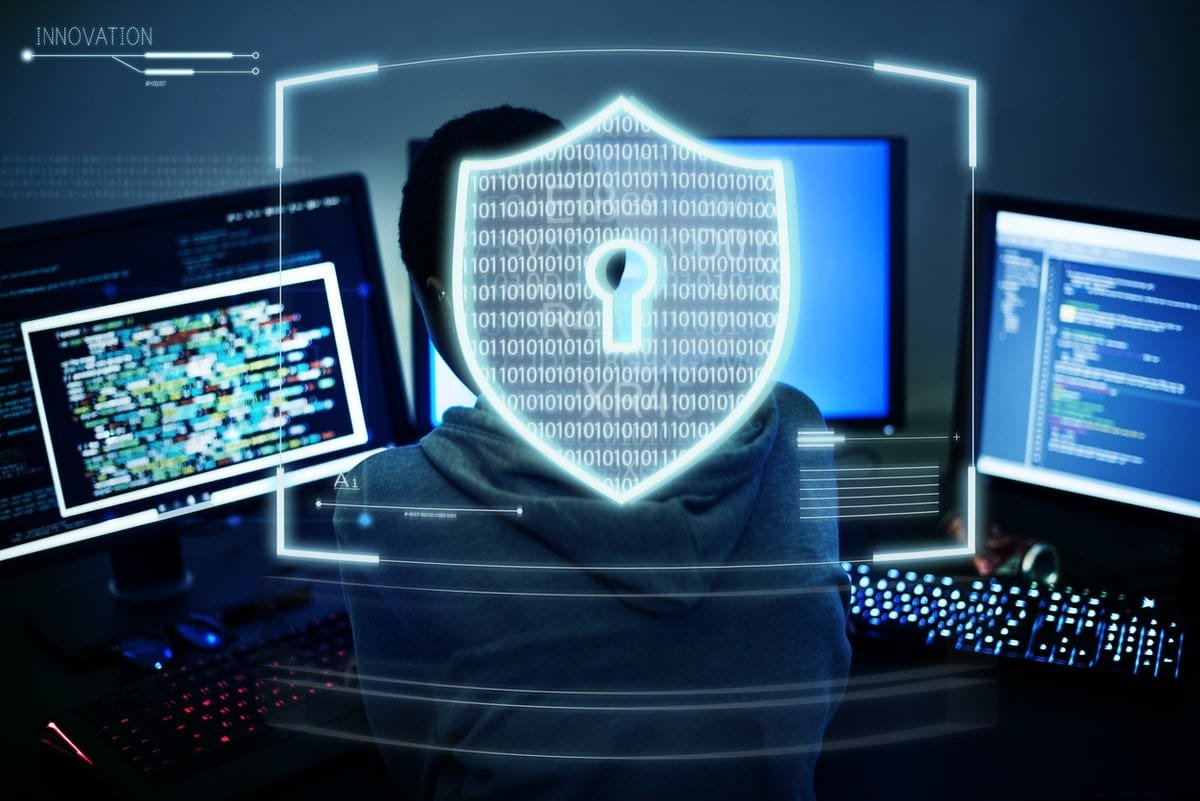Web-based technologies have evolved, and now we are more connected than ever. The Internet has been our saving grace after the COVID-19 pandemic hit. Still, as much as it has helped organizations and businesses remain operational, it has also made them targets primed for exploitation.
It is open season for cybercriminals as a result of this paradigm shift. This large global migration to remote working environments has led to new vulnerabilities and attack vectors leveraged by opportunistic hackers. And guess what? No company is too big or too secure to fail when it comes to cybersecurity. The sad truth is there is no such thing as unhackable or a cover-all-bases, hacker-proof tool to keep large-sized and small and medium businesses (SMBs) safe from attackers. If your company’s data and operations are online, you are fair game and will eventually become a target.
Also Read: 4 Cybersecurity Tips for Enterprise Business
Therefore, improving your company’s information security infrastructure is something you should do right now. Also, keep in mind that hackers are not the only threat. Other things can go wrong, like system failures, natural disasters, and political unrest. And the organizations that have more to lose are enterprise businesses! Here are 4 tips for protecting your enterprise organization against threats, human or otherwise.
Have a Business Continuity Plan in addition to an Incident Response Plan
Enterprise organizations need to protect their tangible and intangible assets (data and other information and storage, workstations, servers, networking, and applications). If the confidentiality, integrity, or availability of a big company’s services or operations is disrupted, this could represent an insurmountable monetary loss.
That is why having both a business continuity plan and an incident response plan is so important! You might be the best C-level executive or administrator, but you still need to account for the things that even you cannot foresee. Like Lee Child once said: “Hope for the best, plan for the worst.”
Implement Cybersecurity Awareness Training Across the Organization
If a chain is no stronger than its weakest link, then a company is only as successful or strong as its least successful or weakest member. Believe it or not, the wisdom contained in this proverb can be applied in enterprise cybersecurity. The human element can make your organization vulnerable if your employees are not properly trained to identify cybernetic threats. In fact, the most damaging exploits start with social engineering attacks like phishing, vishing, pretexting, whaling, watering hole, and baiting.
Hackers have no qualms when it comes to taking advantage of people’s sense of trust. So, make no mistake. They will use your employees’ ignorance against your company. This is the main reason why you should train them to make them aware of the type of tactics attackers use to trick people into giving up confidential information and even access to the company’s IT resources.
Another thing you can do to make sure your employees are compliant with the organization’s cybersecurity policies is to hire an outside cybersecurity firm to audit your systems and incident response plan. These independent contractors could conduct controlled social engineering and cybernetic attacks to test how well your employees and systems hold down the cybersecurity fort you are attempting to build to protect the company.
Implement a Cybersecurity Policy Focused on Compliance
Establish simple cybersecurity policies that are easy to implement even by your most technology-challenged employee. It might sound like an impossible task, but if you create, distribute, and make it obligatory for your staff to enforce a clear set of guidelines on cybersecurity procedures, they will take it seriously and comply with the demands. In these guidelines, you should specify policies on social media use, bring your own device (BYOD), authentication requirements, among other things. Also, make daily backups a thing that everyone should do. Backups are required regularly to recover from data damage or loss caused by security breaches.
Ensure that multi-factor identification is activated on all portals and devices that have access to the internet. Do not purchase software or hardware products before functional needs and analyses have been completed at the ground level. Do not trust your company’s security to just any IT service provider. Ensure you know what data is sensitive and what is not and that you are working with the best partners possible.
Also, keep in mind that because each access point offers a unique risk, you should restrict employee access only to the resources they need to do their tasks. IAM (identity and access management) policies can also manage different administrative and staff roles and group resources. Furthermore, administrative privileges should only be granted to trusted employees who really need them.
Get the Right Cybersecurity Tools to Prevent Security Breaches
Implement a password policy that demands strong password creation and use employee monitoring software to keep an eye on your employees’ accounts for leaked information. To confirm that your network and endpoints are not subject to attackers, use firewall, VPN, and antivirus technologies. Mandatory multi-factor authentication, ongoing network inspection, and hard drive encryption should all be enforced.
If your corporation can afford it, buy an enterprise password management software and make its use obligatory and company-wide. Integrating and implementing the tool along with your new password policies will be good for enterprise password management.
Also, your employees should keep their devices’ software up to date. Hackers will be able to infiltrate your hardware devices if your software is not updated. To get access to systems and data, cybercriminals use many ways to attack software flaws. With a remote monitoring and management solution, we can automate this for organizations exactly like yours. Also, remember to keep your mobile devices (especially your cell phone’s) operating system and firmware updated.
Conclusion
Improving your organization’s resiliency and putting accessible cybersecurity measures to secure data is a must nowadays. Hackers are becoming more sophisticated, and ransomware is more commonplace, making companies pay thousands of dollars (in bitcoin) to recover their data.
Fortunately, enterprise businesses have the resources to prevent these potential catastrophes! By implementing cybersecurity awareness training, employing https://cybri.com/penetration-





